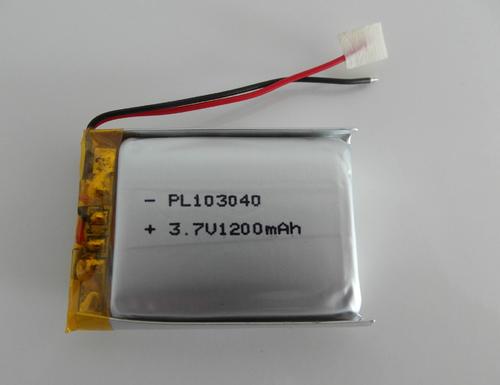Time:2020-12-29 Views:227
Lithium battery packs usually consist of one or several battery packs in parallel, and each battery pack consists of 3 to 4 batteries in series. This combination can simultaneously meet the voltage and power requirements of notebook computers, medical equipment, test instruments, and industrial applications. However, this commonly used configuration usually does not exert its maximum effect, because if the capacity of a series battery does not match other batteries, the capacity of the entire battery pack will be reduced.

The battery capacity mismatch includes state of charge (SOC) mismatch and capacity/energy (C/E) mismatch. In both cases, the total capacity of the battery pack can only reach the capacity of the weakest battery.
In most cases, the cause of battery mismatch is imperfect process control and detection methods, rather than changes in the chemical properties of lithium ion itself. Lilon prismatic cells require stronger mechanical pressure during production, and differences are more likely to occur between batteries. In addition, lithium-ion polymer batteries will also have differences between batteries due to the use of new processes.
The use of battery equalization processing technology can solve the problem of SOC and C/E mismatch, thereby improving the performance of series-connected lithium battery packs. The battery mismatch problem can be rectified by balancing the battery during the initial adjustment process, and then only need to be balanced during the charging process, while the CE mismatch must be balanced during the charging and discharging processes. Although for a certain battery manufacturer, its product defect rate may be very low, in order to avoid the problem of too short battery life, we still need to provide further quality assurance.
What is going on with the decrease in the capacity of lithium batteries?
After the lithium battery has been used for a certain period of time, the battery can last for a shorter time. In fact, this is caused by the capacity loss of the lithium battery. So what is the reason for the capacity loss of the lithium battery?
possible reason:
(1) The deposited lithium coats the surface of the negative electrode, which blocks the insertion of lithium, and reduces the amount of recyclable lithium, resulting in a decrease in discharge efficiency and capacity loss.
(2) Metal lithium is usually formed between the negative electrode and the separator, which may block the pores of the separator and increase the internal resistance of the battery. Fast charging, excessive current density, severe polarization of the negative electrode, and more obvious lithium deposition.
(3) The production of electrochemical inert substances destroys the capacity balance between the electrodes, resulting in capacity loss, which is irreversible.
(4) Self-discharge. Self-discharge refers to the natural loss of electric capacity when the battery is not in use. The capacity loss caused by the self-discharge of lithium-ion batteries can be divided into two situations: one is reversible capacity loss; the other is irreversible capacity loss. Reversible capacity loss means that the lost capacity can be recovered during charging, while irreversible capacity loss is the opposite. The positive electrode and the solvent will interact with the microbattery to generate self-discharge and cause irreversible capacity loss.
(5) Electrode instability... The positive electrode active material will oxidize and decompose the electrolyte in the charged state, causing capacity loss. In addition, the factors affecting the dissolution of the positive electrode material include the structural defects of the positive electrode active material, the excessively high charging potential and the content of carbon black in the positive electrode material. Among them, the structural change of the electrode during the charge and discharge cycle is the most important factor.